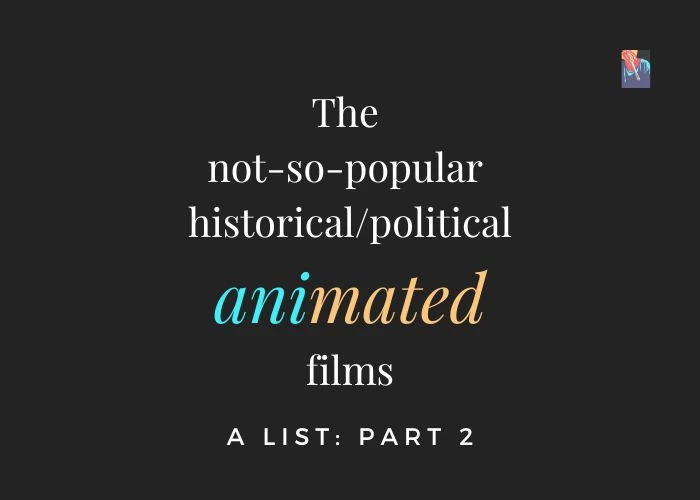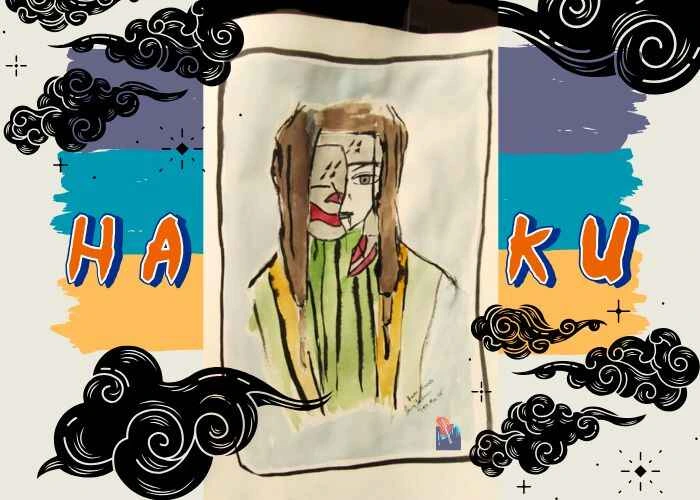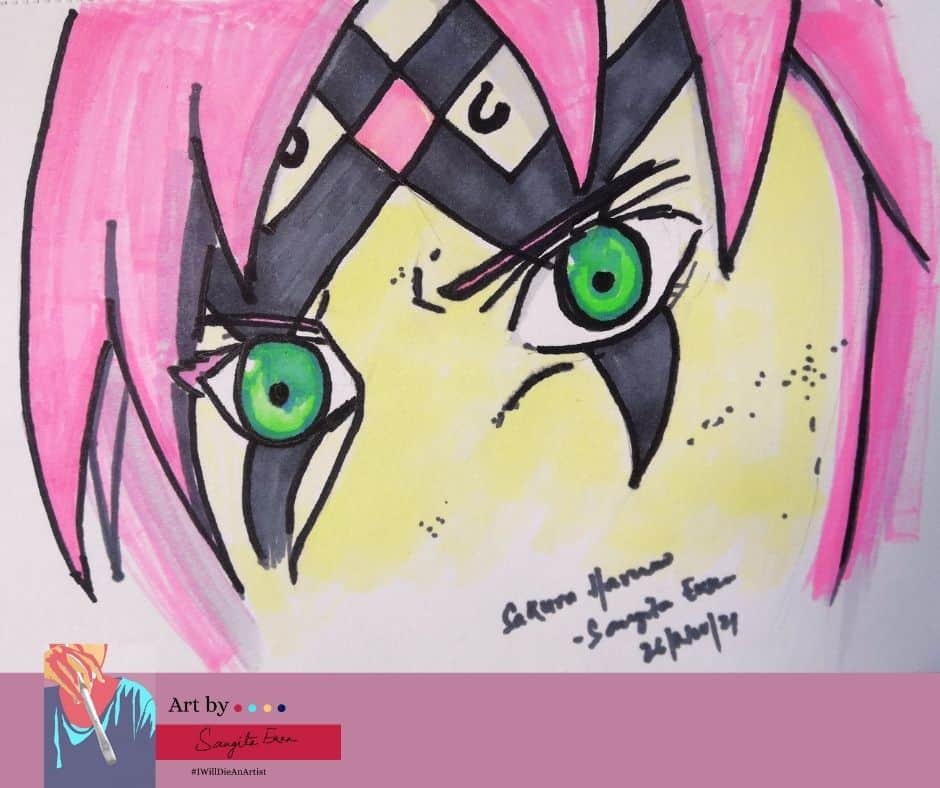Second in the series, this is an attempt to bring forth the serious side of animation by listing important films.
For part 1, follow this link.
AD
Kayoko’s Diary a.k.a Who’s Left Behind
Studio Ghibli’s Grave of the Fireflies is one of the saddest films in animation history. It illustrates the aftermath of war and siblings’ physical, mental, and emotional struggles in a burning world.
Kayoko’s Diary/Who’s Left Behind is a similar film illustrating the Japanese life before and after the Hiroshima and Nagasaki bombings in 1945. The feature-length film centers on a little girl living amidst her family, societal expectations for a soon-to-be woman, her toys, and the usual Japanese life of a young girl of that era.
It is one of the few films illustrating tragedy from a child’s perspective. The viewers don’t get the political background of the war. Instead, they experience the chaos of moving away from family, discovering a purpose as a citizen, and learning that war takes the lives of loved ones, homes, and old playgrounds.
Like any period piece, the film is also a time capsule capturing the essence of a bygone era with carefully drawn environments, clothing, food choices, and Japanese culture in general.
Persepolis
Needless to say, Marjane Satrapi’s graphic novel series, Persepolis, is popular. I have yet to read the novels and watch the film, but my sense of Persepolis is an exploration of freedom, particularly of Iranian women, against Islamic fundamentalists.
I shall update this section once I have read the books or watched the film.
Waltz With Bashir
I am ambivalent about this Israeli feature film. The goal of the film is unclear. Written and directed by Ari Folman, it explores the PTSD-like symptoms of a veteran who looks for his lost memories of the 1982 Lebanon War.
Films have the power to shape realities and perceptions, and Waltz With Bashir has often won sympathy for its storytelling in duotones and technicality. However, many people refuse to consider the film neutral.
Ursula Linday, in her essay – Shooting Film and Crying, sets an important context for the film, and I agree with her. Waltz with Bashir is also listed as a “documentary” but presents only one side of the picture – that of the Israelis.
For me, the film was beyond watchable after a certain point, and I left it at that. If Waltz with Bashir can win awards and reap benefits, Palestinian films like Fatenah are more in touch with reality and at least deserve a mention in popular media.
When The Wind Blows
How do you survive a nuclear disaster, if at all?
Based on Raymond Briggs’s graphic novel of the same name, When The Wind Blows is a 1986 hand-drawn masterpiece exploring the initial survival of a couple after a nuclear explosion.
The film illustrates the life of a rural couple in Sussex who try to keep themselves alive amidst nuclear conflicts. The husband gets a survival pamphlet issued by the government and has full faith that they will be rescued in case something goes wrong.
Needless to say, while the couple survives the nuclear attack, they are eventually killed by the radiation while comforting each other, coughing, living in the rubble, and waiting for aid.
Rife with dark themes and the horrors of meat-smelling wars, the film is an important work of adult animation.
Ernest and Celestine
Some of the best animation films come from French studios, and Ernest and Celestine is no different.
Inspired and adapted from Belgian artist Monique Martin’s book series, this animated feature film improvises with more action and messages for global societies.
“Bears above and mice below?”
The innocent friendship between a bear and a mouse takes a sudden political turn with the above line. Viewers pay attention to the living situations of bears and mice, the power gap, and the conflict between the two social groups.
With minimal screen details and watercolor-like effects, Ernest and Celestine and its sequel remain elusive for animation lovers who want to watch them via legitimate means and platforms.
Also read: An artist’s role as per Ernest and Celestine
Final Thoughts
The second of the ongoing series: Not-so-popular historical and political animation films traverses Japan, Iran, Israel, the UK, France, and Belgium.
Part 3 explores a Polish feature-length film based on the life and death of a popular painter and other films from Japan and French studios.
AD



